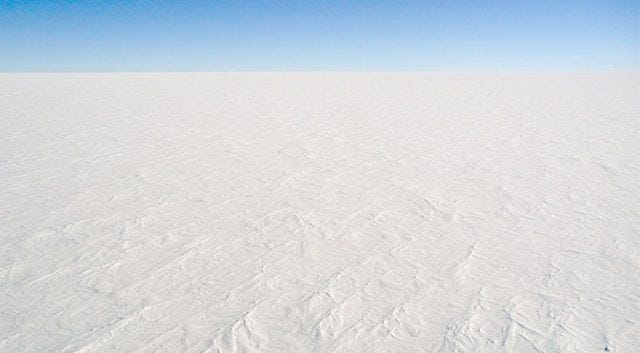Exploring the 'Snowball Earth' Hypothesis and Its Implications
Written on
Chapter 1: Understanding Snowball Earth
The last glacial period on our planet concluded approximately 11,000 years ago, but this was merely a fleeting moment compared to the extensive Snowball Earth scenarios theorized by scientists. Research from MIT sheds light on the possible mechanisms behind these extreme ice-covered epochs, which could also inform our understanding of complex life’s evolution and aid in the search for exoplanets.
An ice age denotes a time when global temperatures decrease significantly, leading to the expansion of polar ice caps and glaciers. In contrast, a Snowball Earth scenario is an extreme case, making it challenging to pinpoint its causes. Traditionally, researchers have linked these events to decreased sunlight or a drop in retained heat. However, the MIT study proposes that “rate-induced glaciations” are the primary driver behind these phenomena.
The research indicates that a pronounced reduction in solar radiation hitting Earth’s surface is sufficient to initiate a Snowball Earth event. Notably, the simulations conducted by graduate student Constantin Arnscheidt and geophysics professor Daniel Rothman suggest that there is no specific solar radiation threshold needed; rather, a rapid decline over a short geological timeframe is critical.
As ice coverage expands, the planet reflects more sunlight, creating a feedback loop that accelerates glaciation. Fortunately, these extreme conditions are not permanent. The buildup of carbon dioxide resulting from the interruption of Earth's carbon cycle during complete ice coverage eventually leads to warming, helping the planet emerge from the Snowball state.

Section 1.1: Mechanisms of Glaciation
The study highlights potential rapid decreases in solar radiation that could trigger global glaciation. For instance, volcanic eruptions might release particles into the atmosphere, reflecting sunlight away from the surface. Alternatively, biological activities could modify the atmosphere, leading to increased cloud cover that blocks solar radiation.
Subsection 1.1.1: Historical Context
The two primary Snowball Earth events are believed to have occurred around 700 million years ago, a pivotal era in Earth’s history when multicellular life began to flourish in the oceans. This suggests that Snowball Earth conditions may have facilitated the emergence of complex organisms, a phenomenon that could also occur on other planets. Exoplanets in habitable zones might be icy at first, but thawing could unleash significant biological developments.

Chapter 2: Implications for Exoplanet Research
The first video, "Main Cause of Snowball Earth Period That Lasted 60 Million Years Identified," delves into the recent findings regarding Snowball Earth and its causes.
The second video, "A Brief History of the Universe: Crash Course Astronomy #44," provides a broader context about the universe's development, including critical periods like Snowball Earth.